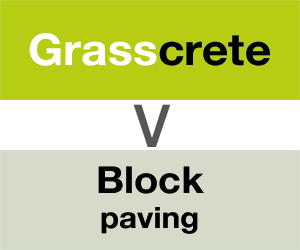The Welsh regional government has doubled its spending on the construction of social housing for rent, committing an initial £250m in 2021/22 for 20,000 new low carbon homes.
All homes will be built to new standards with the aim for some of the stock to go beyond net zero and produce more energy than they use.
Wales’ minister for climate change, Julie James, is also responsible for housing. She visited Wales & West Housing’s Rhiw Cefn Gwlad scheme in Bridgend this week and decreed that it was ‘an exemplar’ for others to follow.
This 14-home development was built by WWH’s long-term construction partner Jehu Group. The roofs are made from a large panels of photovoltaic cells (PV) which turn daylight into electricity to help power the home. The walls are made from structured insulated panels (SIPS). The windows are triple-glazed and fitted with air-tight seals to prevent draughts. The heating is run by an electric air circulating heat pump and ventilation system, which takes the air from outside, warms and filters it before circulating the warm air around the home. Hot water is heated by electricity, much of which is generated from the roof panels and stored in a water tank for when it is needed.

Each home is fitted with a radiator-sized battery made by electric car manufacturer Tesla. The battery is fitted in a cupboard and stores electricity generated by the PV cells on the roof to use when it is needed, usually in the evenings. When the battery is fully-charged, any extra electricity generated is put back into the National Grid. Residents can check how electricity they have used and how much is left in their battery on a tablet screen fitted in the kitchen.
The first residents moved in in January this year and received their first negative energy bill in March – the excess energy generated by their homes was pumped back into the national grid.
One resident, Cai Phillips, said: “The systems built into the house are really easy to use. The house is so well insulated that the temperature hardly drops below 20 degrees. Even on some of the coldest days in winter we didn’t need to put the heating on.
“I can control the heating from an app on my phone and I have learnt how to save energy by using the battery to self-power the house. We are paying just £20 a month for our electric bills and are in credit on our bills, which is amazing. The house is perfect.”
Minister Julie James said: “We are building at scale to address the supply and demand imbalance, homelessness, the growing second homes crisis, and the climate emergency. We are building high quality homes to make a difference to people’s quality of living. And we are ensuring the decisions we make today are the right ones for our future generations.”
Got a story? Email news@theconstructionindex.co.uk


